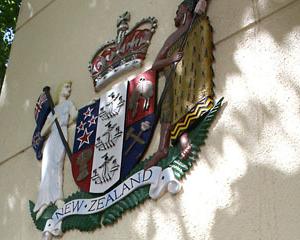Hakitekura is one of the most famous women of Te Waipounamu’s early human history. She is best known for a feat of athletic prowess in the freezing waters of Whakatipu Waimāori, Lake Wakatipu. Less well known is her leading role in an ill-fated love story centred 200km to the east, near the mouth of the Taiari (Taieri) River, events that flowed out of, and boiled over in, acts of revenge reaching from Kaikōura to Stewart Island, Rakiura.
Ngāi Tahu oral historian Tumai Cassidy says local Māori history records that the landscape of the Taiari Plains, its surrounding hills and Ōtākou (Otago) Harbour were all formed by a taniwha, Matamata, who was a kaitiaki, guardian, of Kāti Māmoe chief Te Rakitauneke.
Left behind when the Te Rakitauneke went to war, Matamata, a great lizard-like being, went searching for the chief. His claws and tail carved up the land, creating Ōtākou Harbour, the twisting Taiari River and other local waterways.
Matamata eventually gave up his search and came to rest near what is now Mosgiel, his body forming Pukemakamaka and Turimakamaka, known as Saddle Hill. This landscape, formed by Matamata, sustained Māori for many generations.
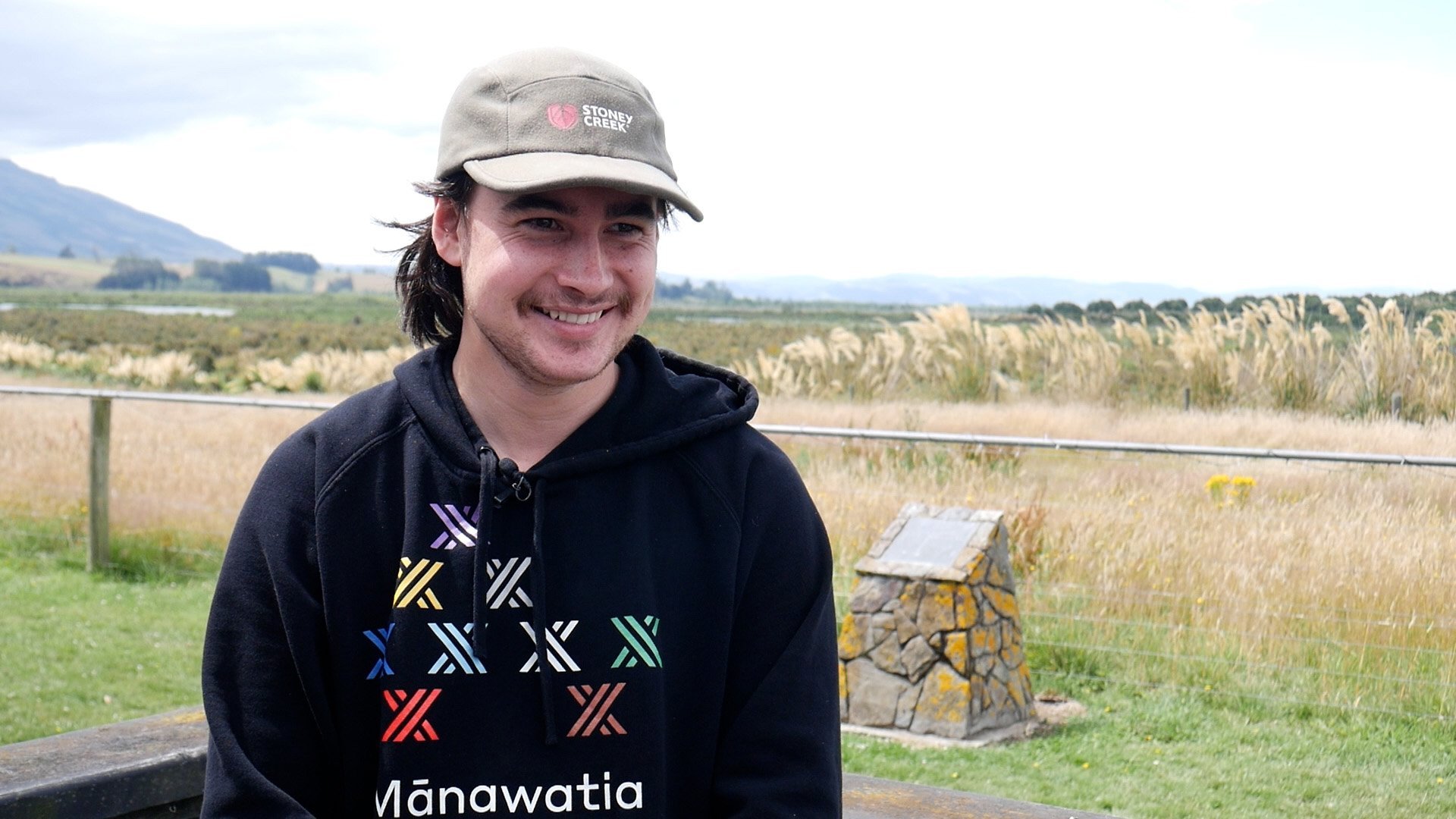
It was here, on the Taiari that Hakitekura lived as an adult.
She was the daughter of Kāti Māmoe chief Tuwiriroa and had been raised on the edge of Whakatipu Waimāori, in a pā near Tahuna, present-day Queenstown.
As a young woman determined to show her athleticism, Hakitekura tied a bundle of kindling to her back, snuck down to the water before sunrise and swam 3km across the numbing lake to the shoreline at what is now called Refuge Point. There she lit a fire, the smoke alerting her father to her feat and her success.
In her honour, various local landscape features were named after her, including Cecil and Walter Peaks, named Kakamu-a-Hakitekura, meaning the twinklings seen by Hakitekura, and Refuge Point, named Te Ahi-a-Hakitekura, the burning flames of Hakitekura.

Ngāi Tahu Property’s Post Office Precinct project in the Queenstown central business district has several architectural and artistic elements commemorating Hakitekura.
Each of the buildings in the precinct, old and new, have been given a Māori name associated with the wahine toa.
In addition, contemporary pouwhenua — a large pounamu mauri stone (touchstone), seven dramatic steel light globes and a 36-piece glass art balustrade — tell her tale.
At some point, Hakitekura’s family shifted to Te Nohoaka o Tukiauau, the Sinclair Wetlands, on the Taiari.
Mr Cassidy, who is also a ranger at Te Nohoaka o Tukiauau, says it is here that the ill-fated meeting of Hakitekura and Korokiwhiti took place.
The wetlands are named after a Kāti Māmoe chief, Tukiauau, who hailed from Kaikōura.
When Tukiauau’s father was killed by Ngāi Tahu warrior, Manawa-i-Waho,Tukiauau first moved his people a small distance south of Kaikōura, where he built a pā called Te Pari-whakatau and plotted his revenge.
At the pā, Tukiauau built two houses, Mr Cassidy said.
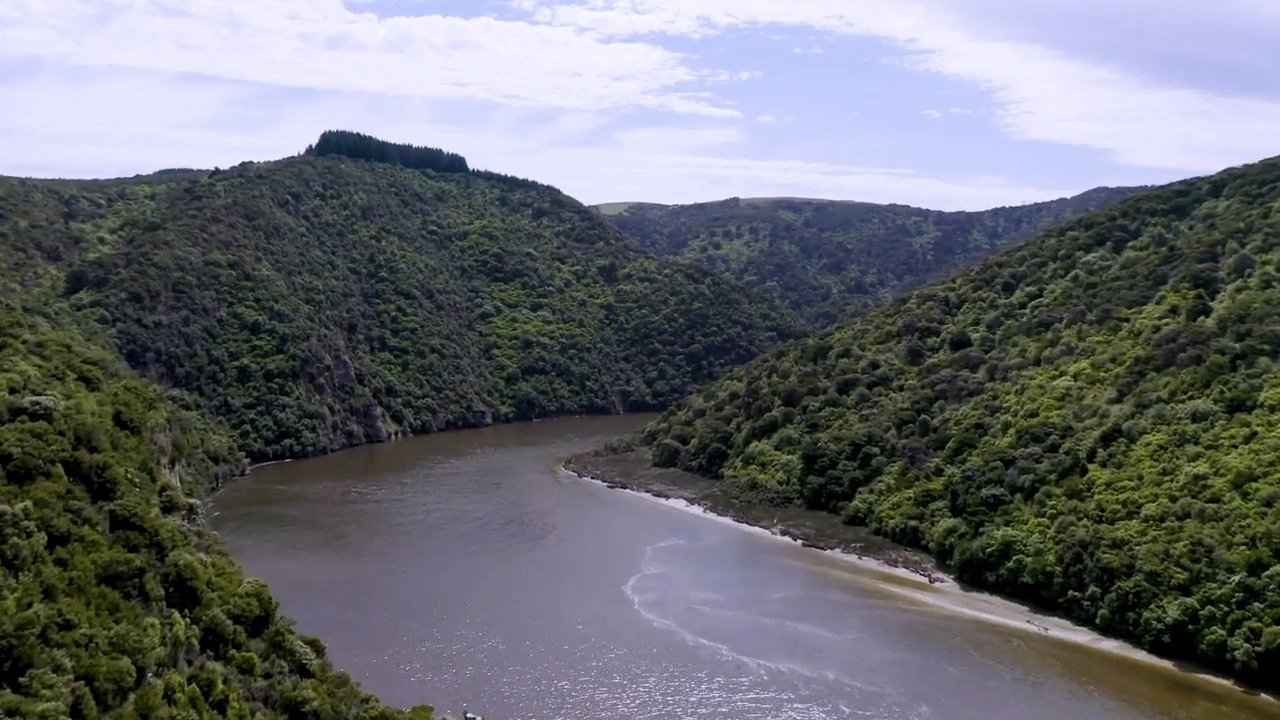
The chief then gathered the young girls of his tribe and chose the most beautiful one.
"From this day forth, let it be known that she is my daughter and that she is looking for a husband," Tukiauau declared.
Messengers were sent out to all of the neighbouring villages. Eventually, word reached Manawa-i-Waho. He wanted his son, Te Ruahikihiki, to marry Tukiauau’s daughter, uniting the bloodlines and giving Te Ruahikihiki’s children rights to the land at Kaikōura.
So, Manawa-i-Waho accepted the invitation, Mr Cassidy said.

"He goes to the pā and is welcomed into the house Te Tara-o-te-Marama."
As he enters the house of death, he is struck with a patu, a club, and killed.
A battle ensues and most of Manawa-i-Waho’s men are killed.
But Tukiauau knows Manawa-i-Waho’s whanau will want revenge. So, he gathers his people in to waka and sails south.
At the mouth of the Taiari River he meets a Kāti Māmoe relative, chief Tuwiriroa, father of Hakitekura.
Tuwiriroa was living near what is now Henley. He gives Tukiauau permission to take refuge on Whakaraupuka Island, near Waihola, also known as Waihora.
A relationship develops between Hakitekura and Tukiauau’s son, Korokiwhiti. Two sons are born, Tūokioki and Hapekituawhiti.
Hakitekura, it seems, was an adventurous spirit.
A waiata, attributed to Korokiwhiti, records his lament at one of her sojourns.
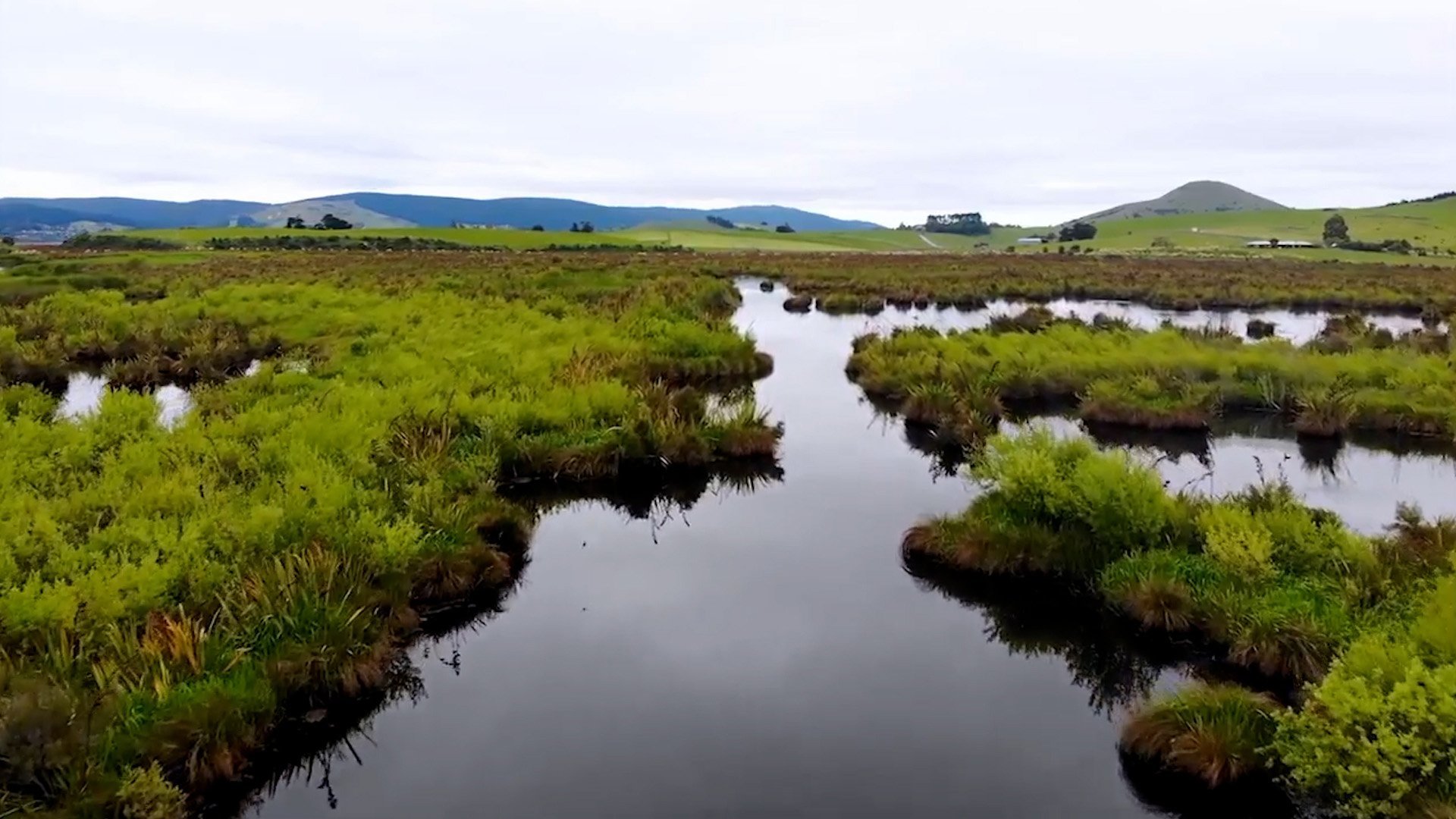
Kāore i hoki mai. (And you have not returned.)
Kei whea koe i te maru awatea? (Where are you in the soft daylight?)
E tata te hoki mai. (Oh, that you may soon return.)
One account, recorded by Methodist minister and historian Thomas Pybus, said Tuwiriroa, Hakitekura's father, was angry about the relationship and made life unbearable for Tukiauau and his hapu.

"He knew, if they found him, they would take him out for killing Manawa-i-Waho.
"So, he decides to pack his people up again and head back out to the ocean."
As they sail down the Taiari River, they pass the pā of Tuwiriroa.
At the time, Hakitekura was visiting her father. She sees the waka with her husband and her two children heading towards the river mouth.
She asks her father if she can join them but he says "No".
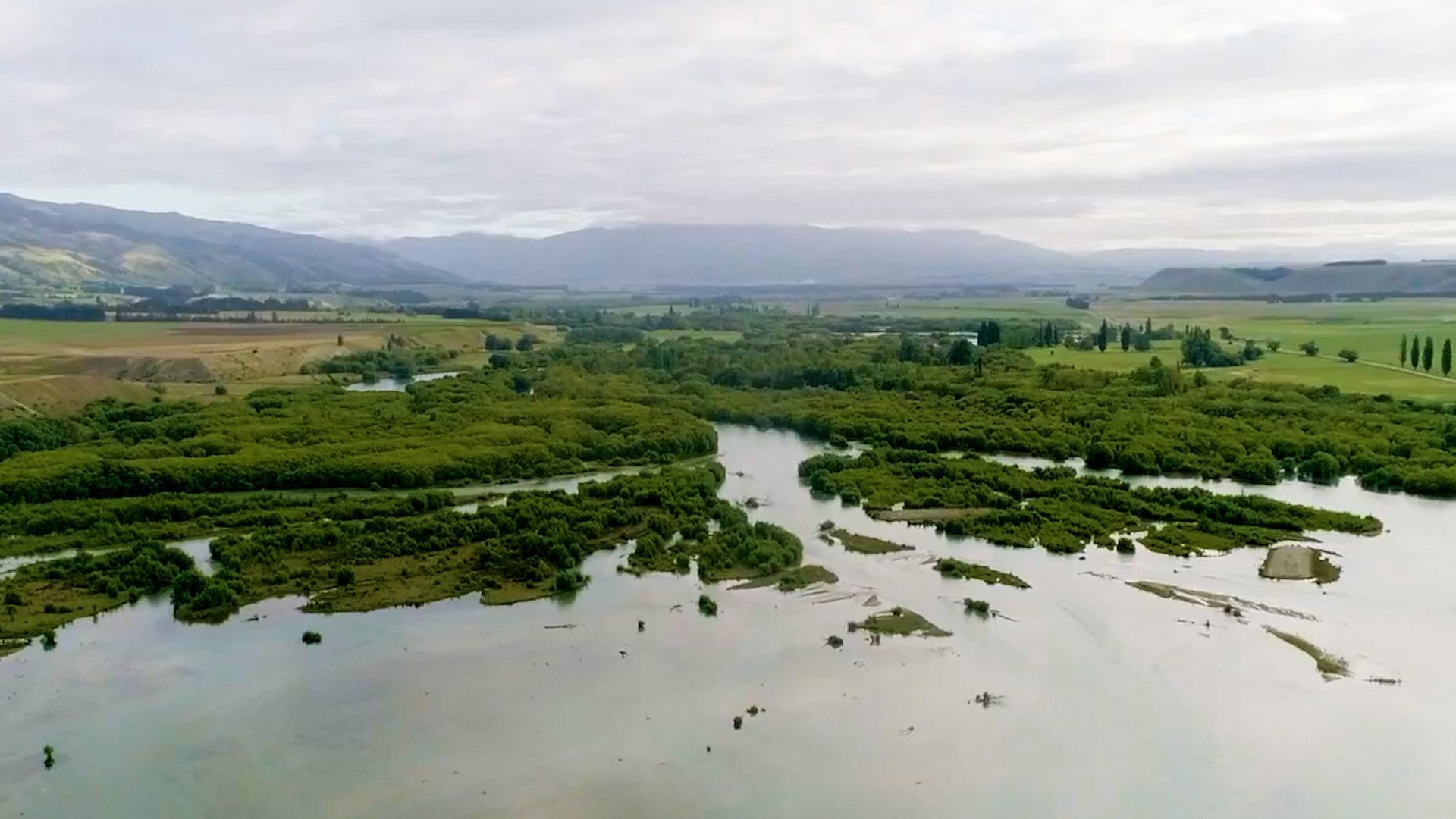
But she misjudges her jump and is killed on the rocks below.
Tuwiriroa blames his son-in-law and Tukiauau for Hakitekura’s death.
He and his warriors chase them all the way down to Rakiura where, in a major battle, Tukiauau, Korokiwhiti and all of their hapu are killed, except for the two sons, Tūokioki and Hapekituawhiti.
Tuwiriroa brings his grandsons back to the Taiari area and raises them there.
"On his deathbed, Tuwiriroa tells the boys they need to seek revenge for his killing their father and their [paternal] grandfather.
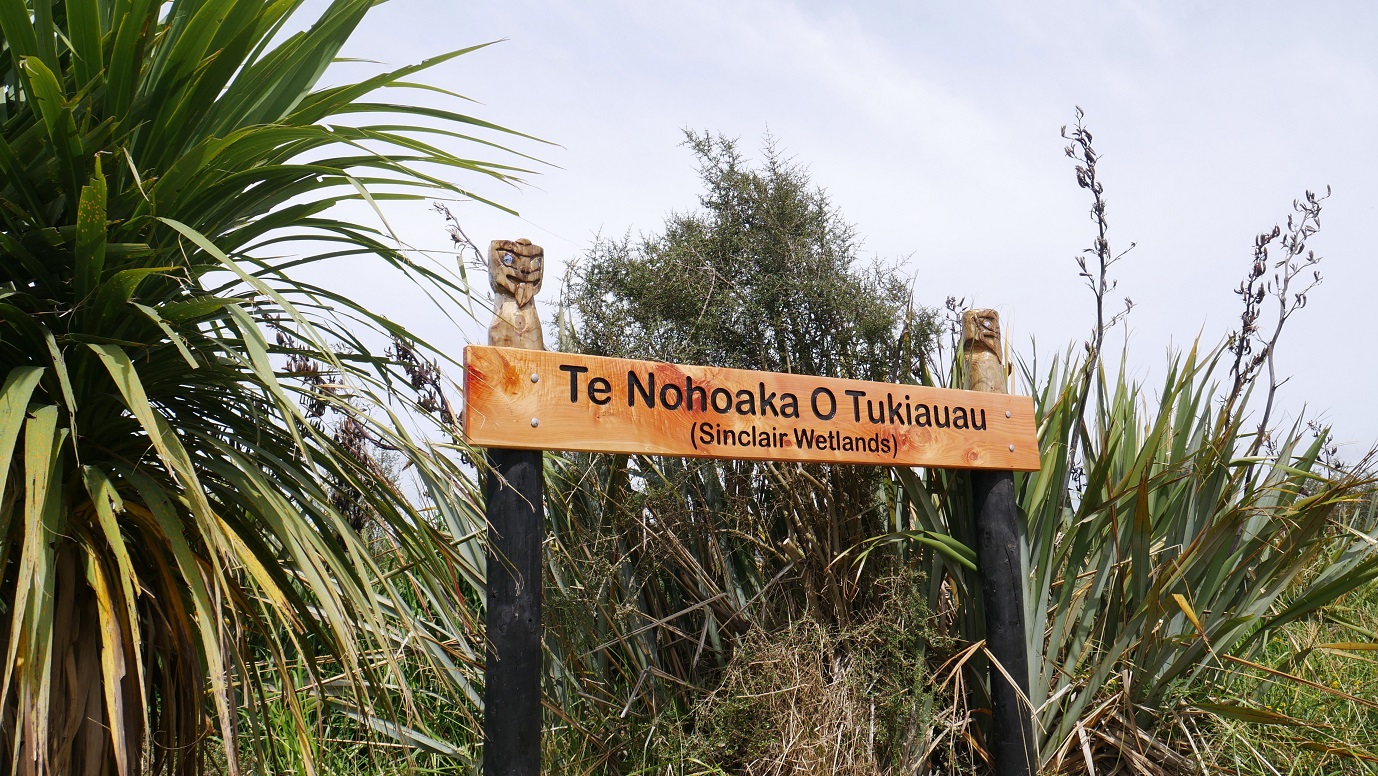
In time, Tūokioki and Hapekituawhiti go back up to Kaikōura, where they still have family living.
By then, their relatives in Kaikōura have inter-married with Ngāi Tahu.
"The two boys raised an army, came back down here and had a number of battles with their own relations.
"At the end of those battles, the two boys were victorious.
"There were a number of inter-marriages after these battles. And their descendants are still around today, within the hapu of Ōtākou."


